What If? 1966 Ford F-100 Lightning
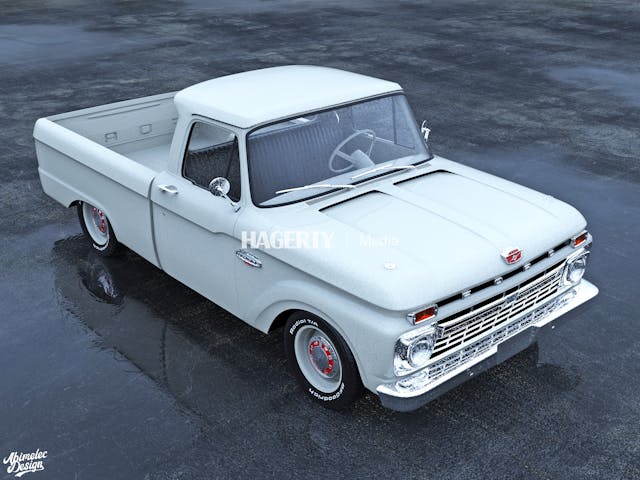
Welcome to What If, a new feature from imaginative illustrator Abimelec Arellano and Hagerty. We’ll be taking you back in time—and possibly forward into the future—to meet alternative-universe automobiles. Even better, our time machine is working well enough to bring “short take” reviews along with the photographs and advertisements. Buckle up and enjoy the ride! — Jack Baruth
(Originally published in The Pagan Science Monitor, November 1965 edition)
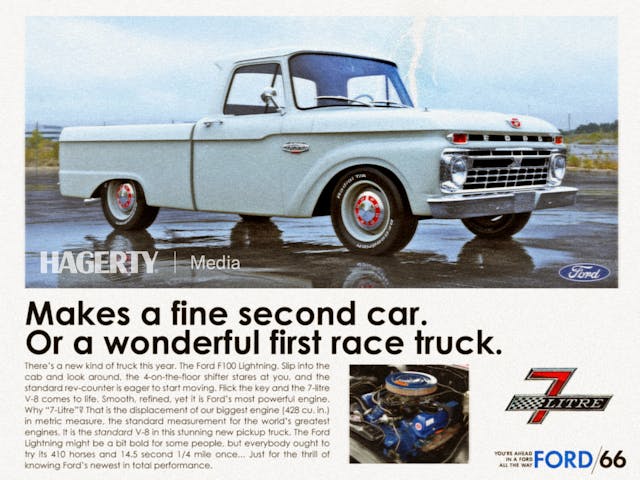
The humble “pick-’em-up truck,” familiar to most as the daily conveyance of plumbers, pipefitters, and other tradesmen, has certainly been putting on airs lately. Consider, if you will, Ford’s “F-100,” a common example of the breed. Last year, it acquired a “Twin I-Beam” front suspension device, presumably meant to reduce the bouncing of wrenches and whatnot in the workman’s cabin during operation. The advisability of such a change seems dubious; surely the average laborer possesses no princess-in-the-pea sensitivity to potholes whatsoever and will merely use the resulting additional road-handling compliance to increase the speed at which he returns to his domicile at the end of the day to indulge in a typical evening of drunkenness, spousal abuse, and consumption of low-class music by “The Beat-les,” “Muddied Waters,” and so forth.
Nevertheless, the Ford Motor Company’s irresponsible gratification of the proletariat appears to be proceeding apace with the introduction of a “F-100 Lightning” truck. This vehicle, which will be available for sale nationwide with no restrictions or conditions whatsoever, replaces the F-100’s standard 240-cubic-inch inline-six-cylinder power plant with a 428-cu-in V-8 possessing nearly three times the available power. Ford explained to us that the “Lightning” could produce 410 hp, and that it could cover a quarter-mile of ground from a standing start in 14.5 seconds. Left unsaid was the fact that such a vehicle, having arrived at the end of its timed test, would be traveling at a speed entirely unfit for the public highway!
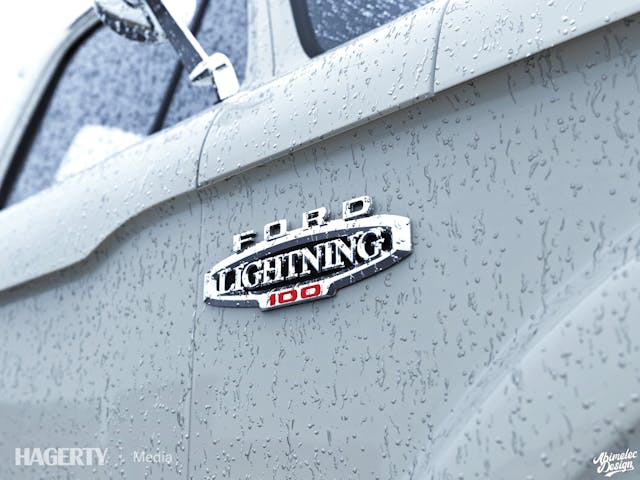
The rest of the vehicle is the stuff of puerile, profoundly antisocial imaginings: an entirely superfluous fourth gear in the transmission for the express purpose of traveling at irrational speeds, a “Styleside” bed which replaces the honest and forthright “Stepside” pickup-box arrangement with a streamlined contour intended to promote further irresponsible operation, and an outlandish chromium-plated badge to announce the vehicle’s prowess. The “Lightning” possesses the newest tires featuring “radial-belted” construction, which is thought to improve road-handling. Why a pickup truck needs such capability is beyond understanding.
Ford’s planned introduction event for the “Lightning” was meant to take place last month in New Orleans, but it was canceled due to massive flooding from the natural disaster Hurricane Betsy. We can only assume that every precaution will be taken to prevent such a tragedy occurring a second time in the future. In place of this, we were given an exclusive long-distance phone call with Ford public relations man Leo Beebe.

When we inquired as to the moral culpability of providing the lower classes with a vehicle explicitly designed to endanger the American people, Beebe stifled an audible guffaw before lecturing us on a most improbable prospect: namely, that the “Lightning” is intended for successful middle-class Americans who would, in his crass words, “enjoy owning a really hot ride.” Beebe claimed that businessmen, attorneys, and even bankers would rush to purchase such a vehicle from their Ford representative. This idea is utterly risible. Surely no banker or respectable man would willingly operate a vehicle that could be mistaken for a blue-collar conveyance. Will our country clubs even permit such a thing to be parked with the members’ Cadillacs, or will it be expected to take the trades’ entrance?
“You know,” Beebe continued, “some people may want to use this truck for the purposes of home improvement, what they are calling ‘do-it-yourself.'” Left unstated in Beebe’s communist fantasy of respectable men servicing their own homes is what would happen to the families “across the tracks” were such a thing to become commonplace. Having trespassed the limits of outrageousness, Beebe closed with a final remark of an explicitly insane nature. “We expect a few women to buy them, as well.”
Truly, we expected more from a firm with the Ford Motor Company’s spotless record on human and civil affairs. The “Lightning” offers a glimpse into a truly dark future. While it is an utter certainty that this youth of this country will never succumb to the siren song of socialist propaganda, it is easy to imagine the irresponsible glamour of the “Lightning” leading to everything from “casual days” at work, in which ties would be loosened to a half-inch or so below the collar, to the furtive, criminal consumption of “Mary Jane,” meaning the fruit of the intoxicating cannabis plant, in the basements and garrets of America’s tenement homes. The “Lightning” has just one redeeming quality: It refers to the gluttonous capacity of its oversized engine in liters, thereby presaging the immediate and salutary metrication of the United States. By 1970 we shall all refer to engines, and everything else, using the metric system. In the case of this truck, it is Ford’s single “Better Idea!”
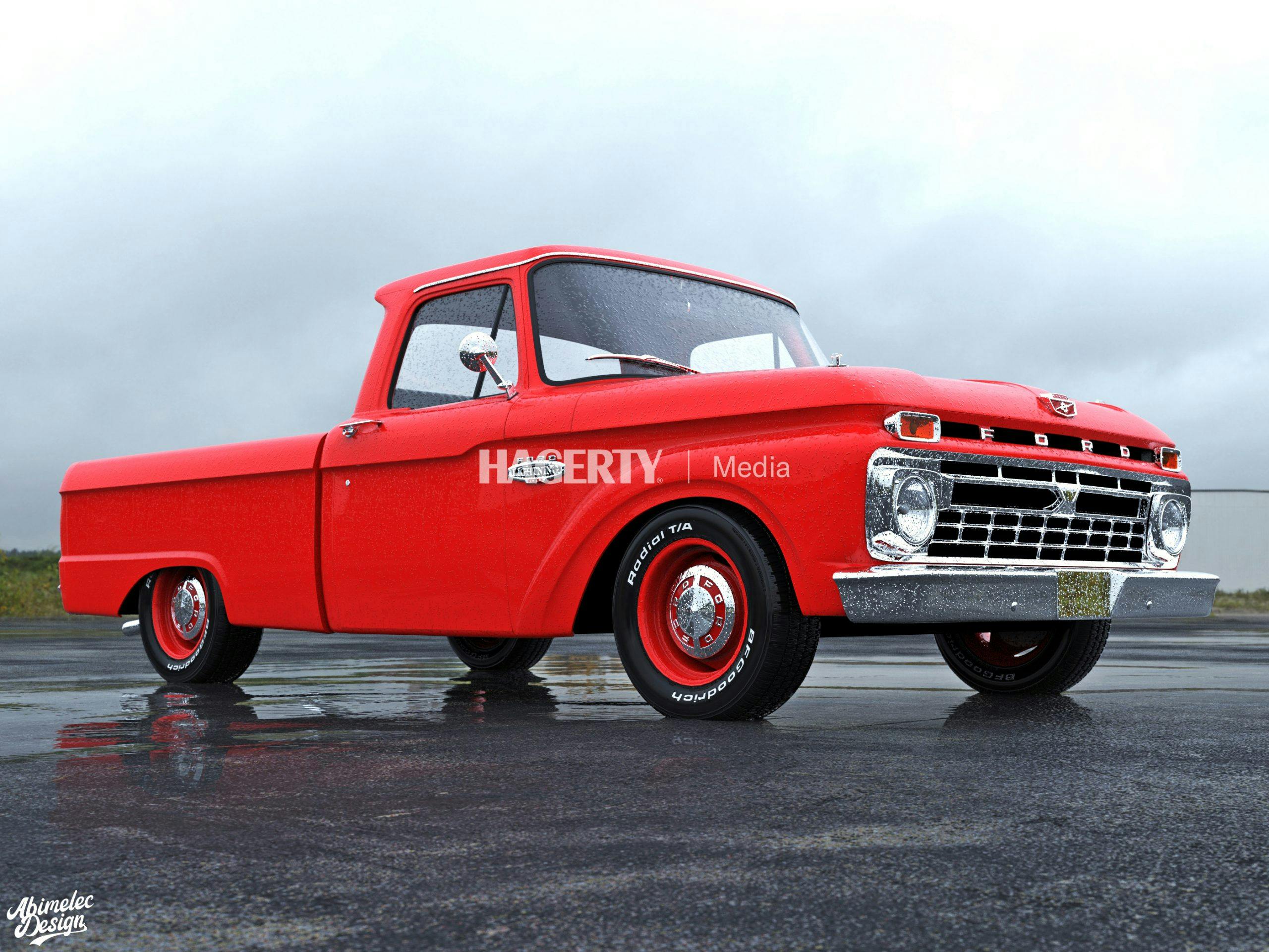
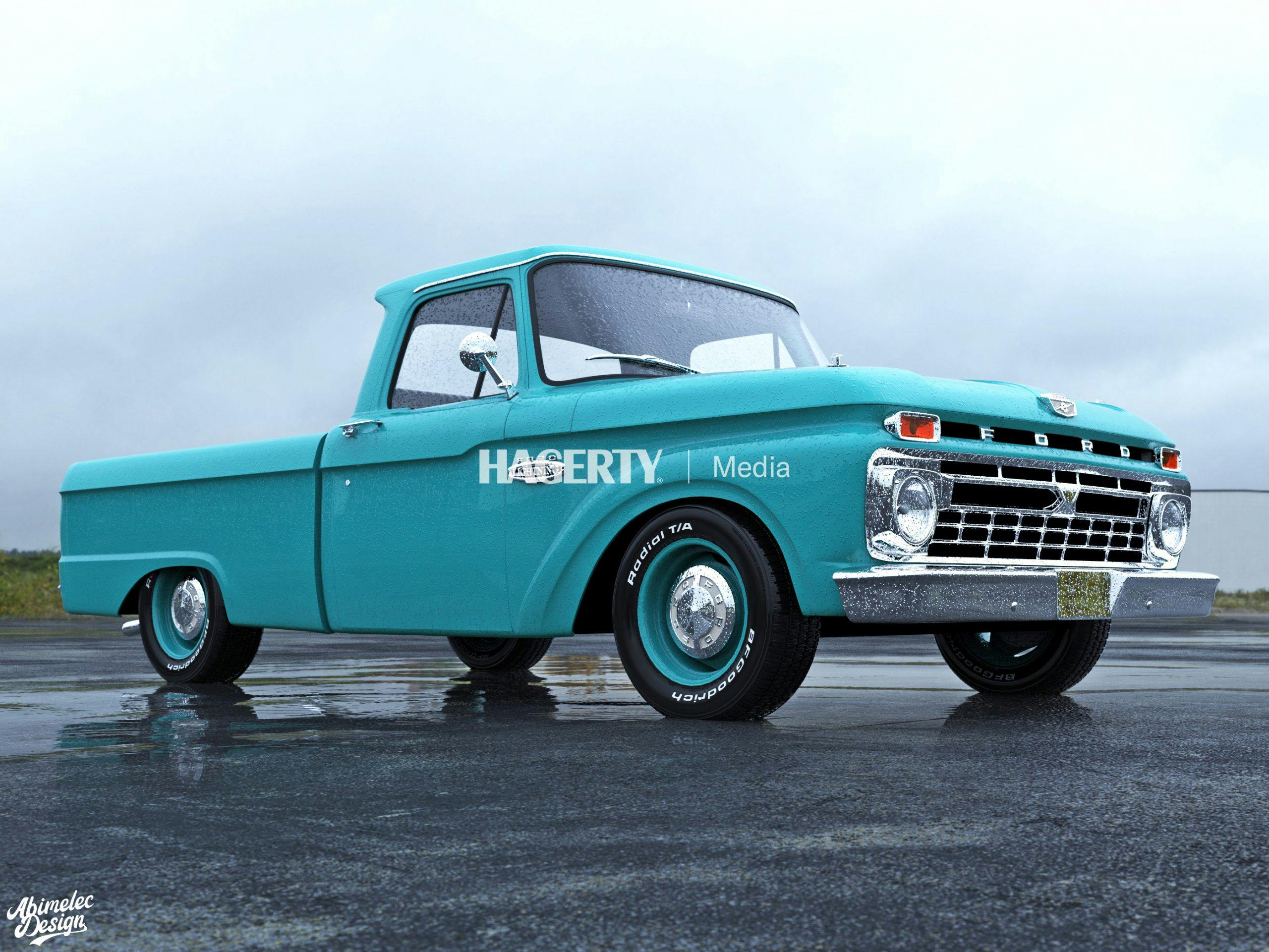
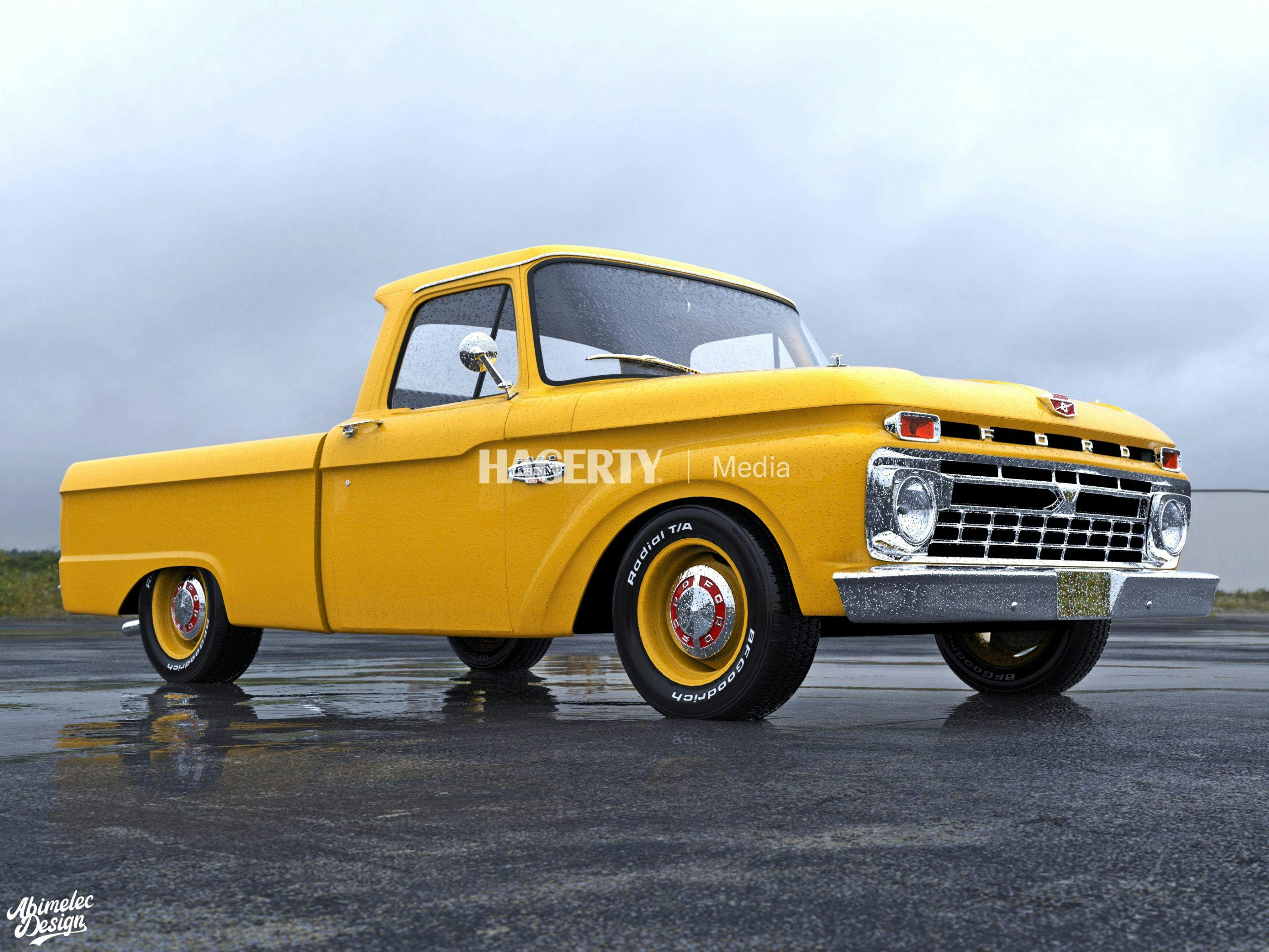
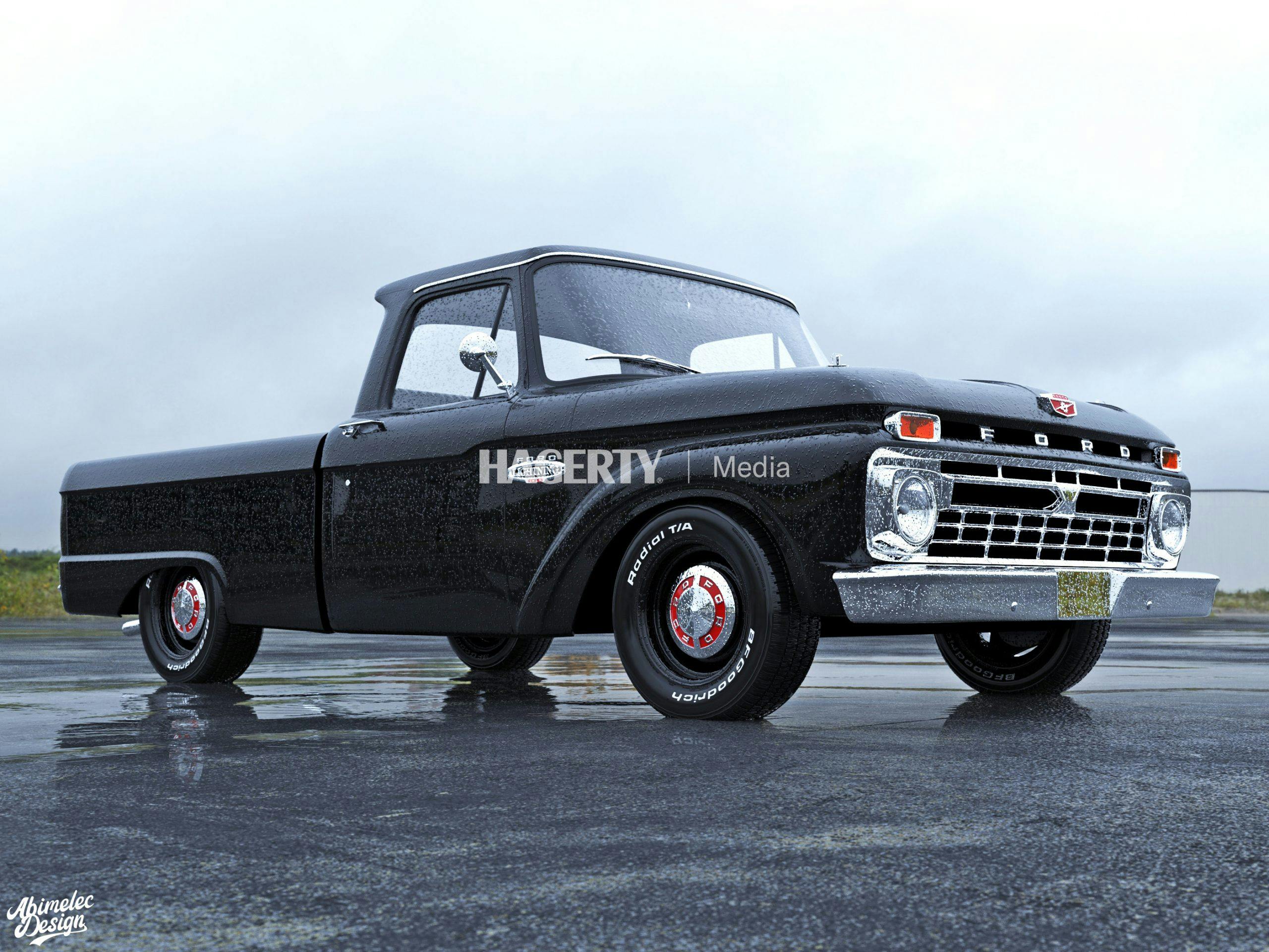
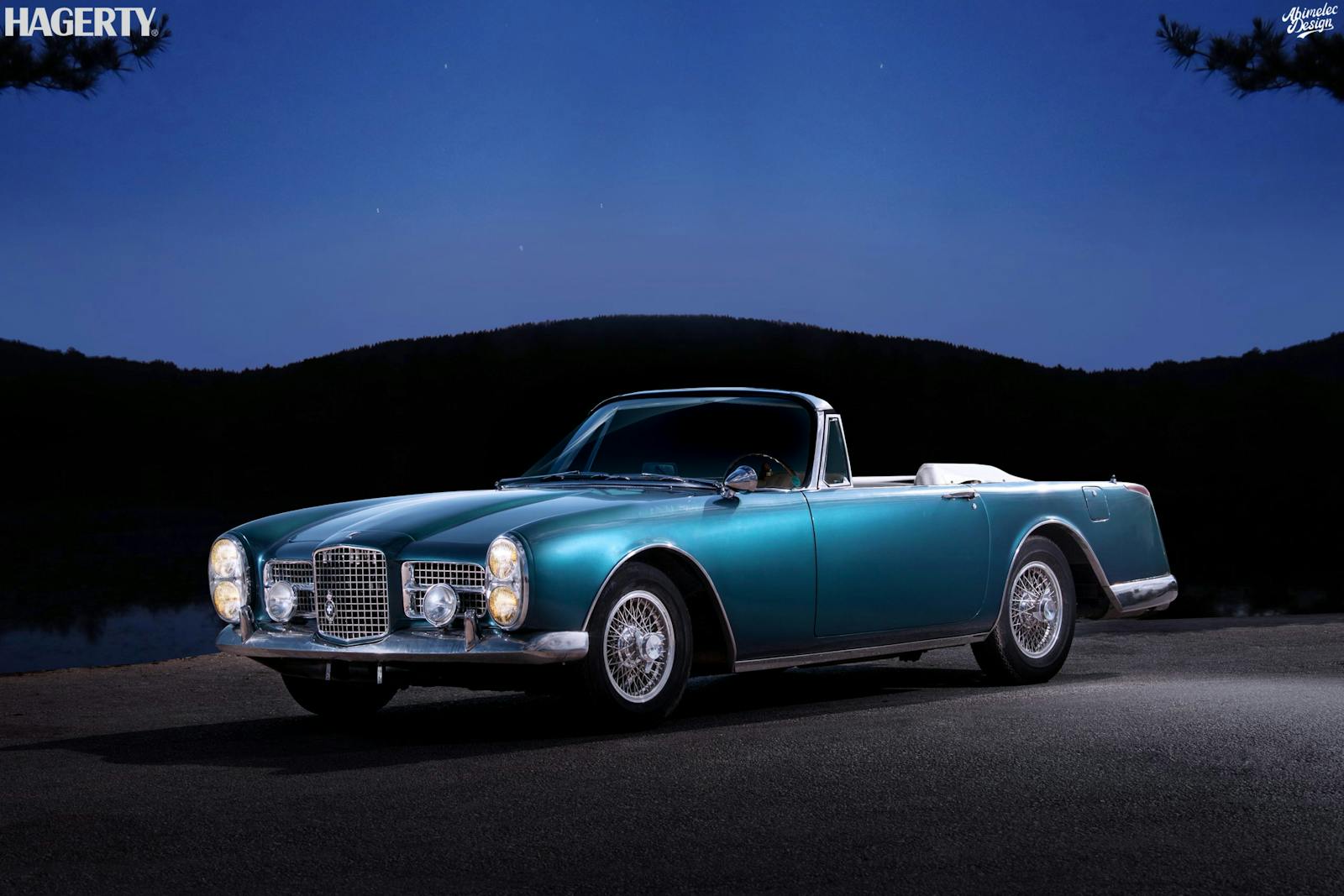
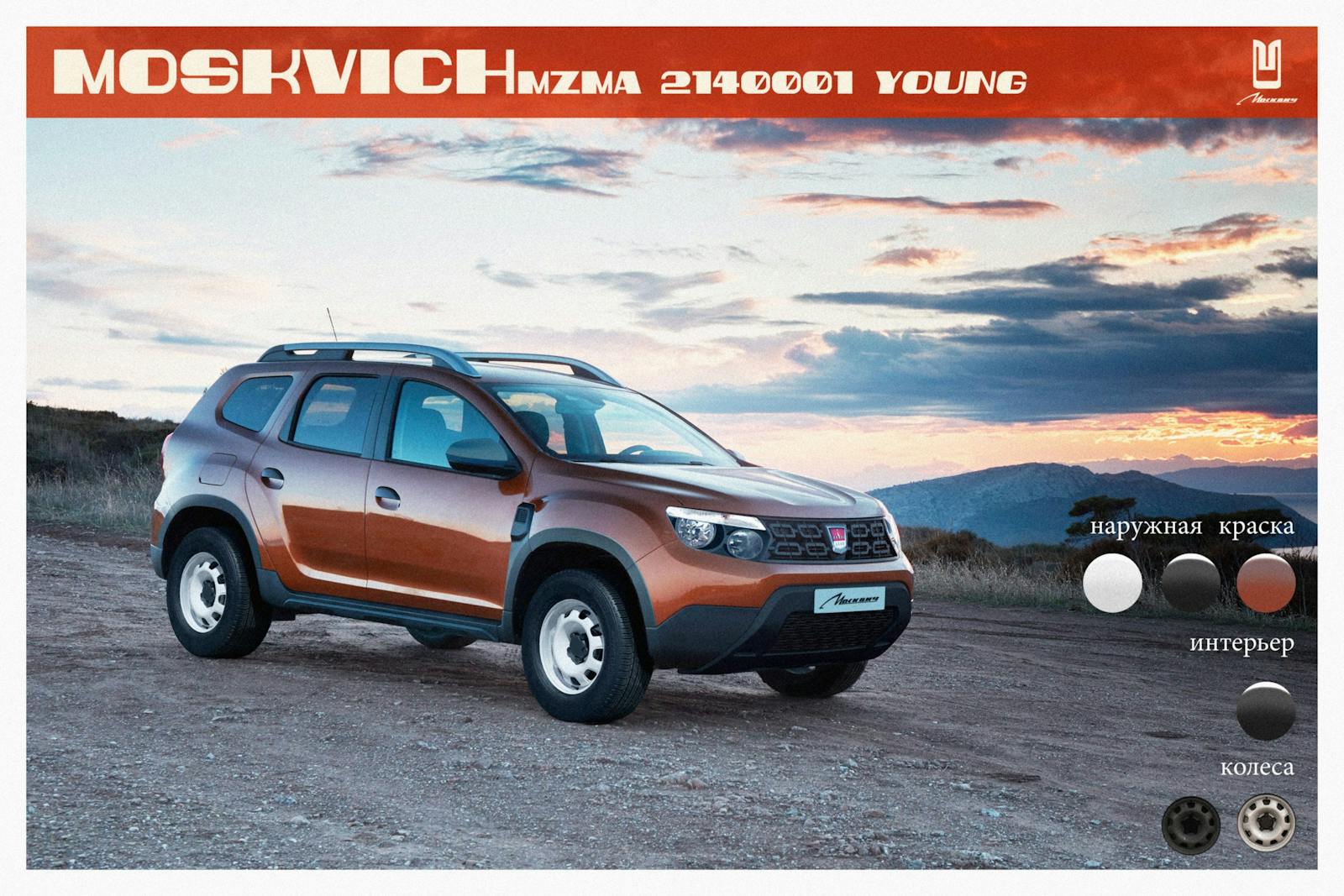
what size rims and tires are on this trucks??